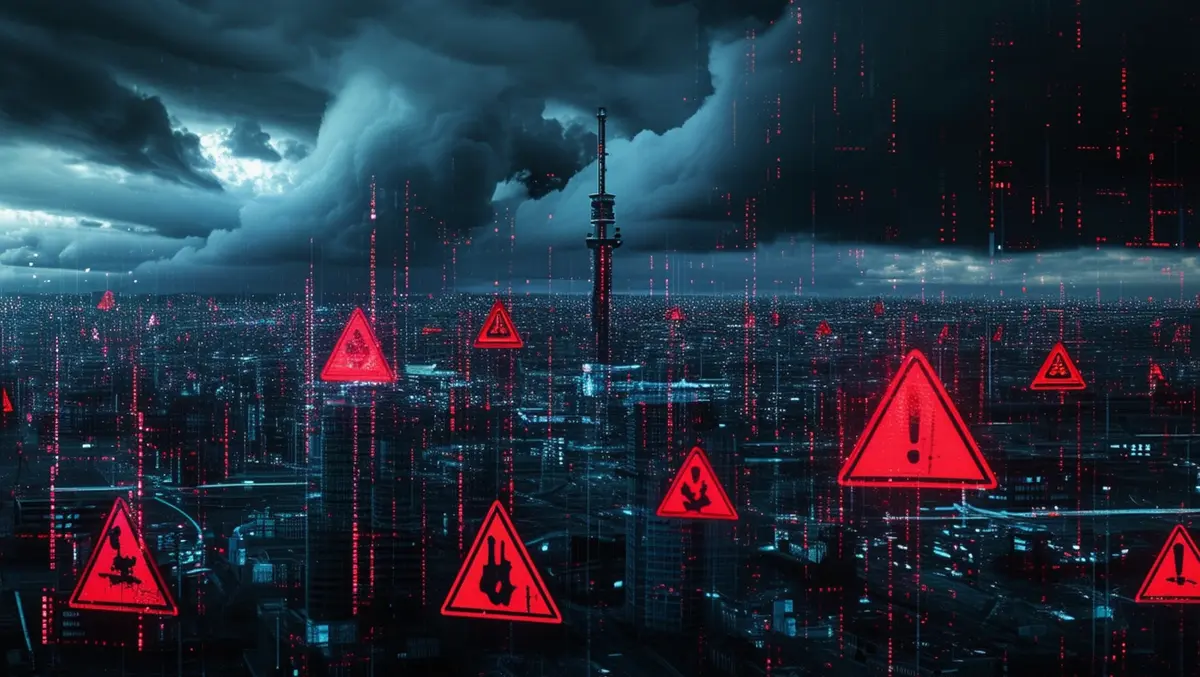
Microsoft Azure outage causes global disruption across industries
The major outage linked to Microsoft’s Azure cloud service kast week caused significant disruption across a broad spectrum of industries, including banking, aviation, healthcare, hospitality, and media.
The global issue reportedly stemmed from a faulty content update by cybersecurity company CrowdStrike, affecting Windows hosts.
Millions of individuals have felt the impact, particularly in the United States, where it is estimated that around 911 outages occurred. This incident underscores the interconnected nature and fragility of the digital infrastructure supporting daily activities worldwide.
Chris Denbigh-White, Chief Security Officer at Next DLP, stressed the importance of fundamental cybersecurity practices amidst the crisis. He commented, "The mantra of cybersecurity has long been 'patch early, patch often.' This gospel of applying security updates promptly remains vital in the face of relentless cyber threats. However, today's widespread outage caused by a faulty CrowdStrike update exposes a critical truth: the fundamentals of cybersecurity, while essential, are rarely straightforward." Denbigh-White also highlighted the need for rigorous testing and open communication between vendors, IT professionals, and end-users to avoid such widespread issues.
Richard Bird, Chief Security Officer at Traceable, described the incident as a reminder that technology is ultimately a tool that serves humanity. He pointed out the direct impact on consumers: "The ultimate receiver and victim of bad supply chain management and security is the consumer. How many lives were negatively impacted, how many unnecessary and non-trivial tragedies and dramas were caused by this outage?" In Bird’s view, Microsoft's longstanding directory structure is partly to blame, as it contributed to the severity of the situation. "Technologists have been fighting the negative consequence of this folder-based system for decades, and Microsoft has done little to mitigate the risks," he added.
SecurityScorecard CEO Aleksandr Yampolskiy remarked on the broader implications of the outage, noting the systemic risk posed by technological monopolies. Addressing the incident, he said, "Today's global outage is a reminder of the fragility and systemic nth-party concentration risk of the technology that runs everyday life: airlines, banks, telecoms, stock exchanges, and more." He advocated for a diversified approach to technology management, suggesting organisations use tools from multiple vendors to mitigate the risk of a single point of failure.
Andrew Costis, Chapter Lead of the Adversary Research Team at AttackIQ, provided technical insights into the incident. He explained, "CrowdStrike released an update which causes a Blue Screen of Death (BSOD) on Windows PCs and Windows Servers. They have released a workaround that includes booting into Safe Mode, deleting a particular file relating to the update, and rebooting." However, Costis acknowledged the limitations of this workaround, highlighting potential issues such as boot loops and the challenges posed by systems with BitLocker encryption enabled.
Paul Laudanski, Director of Security Research at Onapsis, focused on the specific industries affected and the operational challenges they now face. "So far, this has predominantly impacted airlines, financial institutions, and healthcare organizations. Despite CrowdStrike's fix, many affected systems are unable to access it. Rebooting production systems can be no small task," he said. Laudanski also pointed out that the situation could provide an opportunity for malicious actors: "This process could lead to significant operational disruptions leaving a window for hackers to take advantage."
The incident has prompted urgent discussions among cybersecurity experts and industry leaders about the vulnerability of global digital infrastructures. While CrowdStrike has issued a fix, the process of restoring normality remains arduous for many organisations.
As systems are gradually brought back online, the event serves as a stark reminder of the complexities inherent in maintaining secure and resilient digital networks. The call for a more nuanced and collaborative approach to cybersecurity is louder than ever, underscoring that "basic" does not equate to "easy" or "straightforward" in the realm of digital security.


